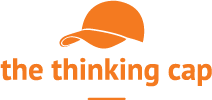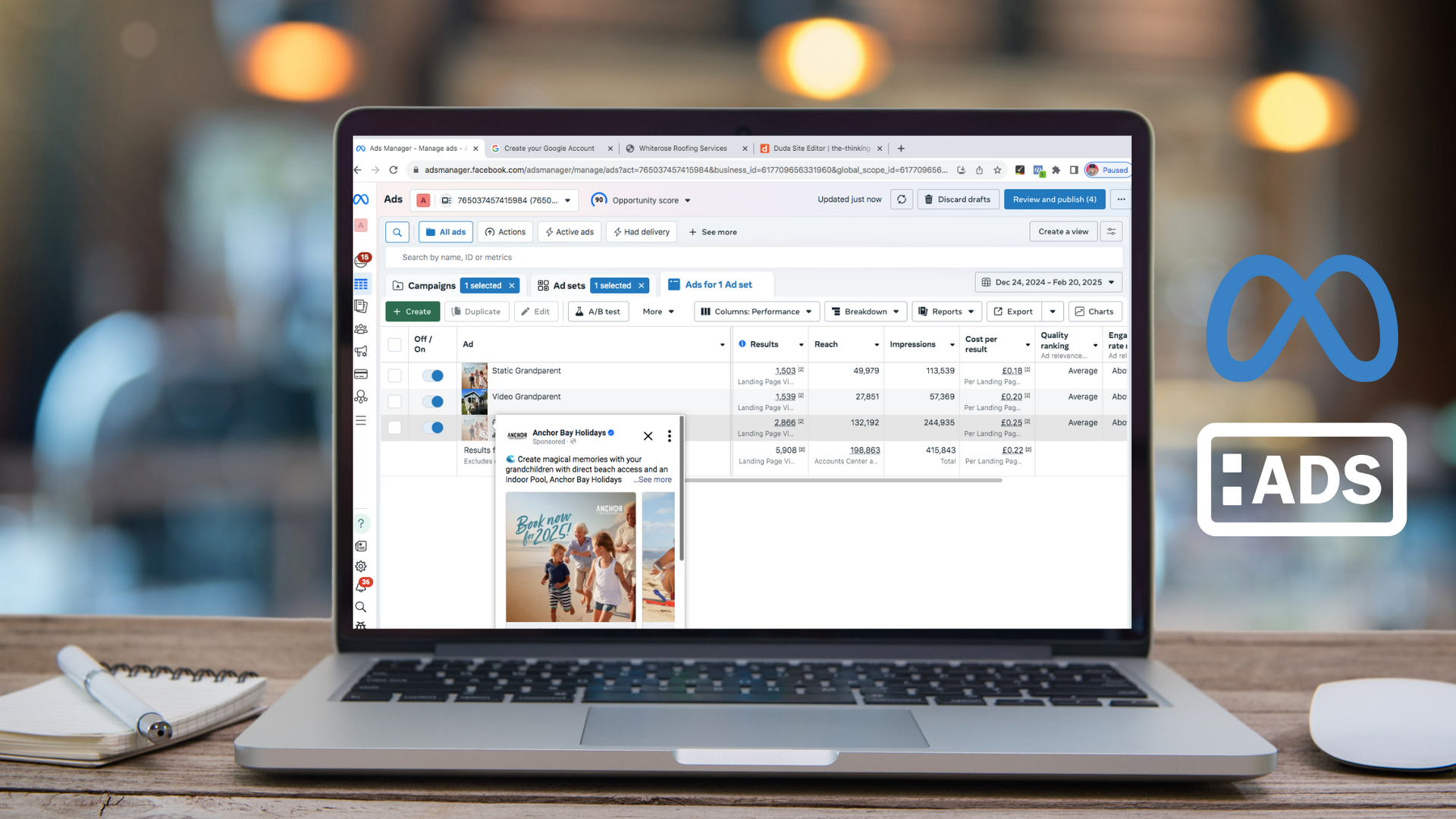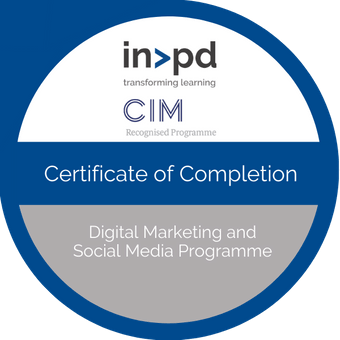Why you need an ideal customer persona to create good social media content
Have you been posting regular social media content, but it’s not really getting your business anywhere? One thing you could have overlooked is your ideal customer persona. Without one, your content won’t be speaking to the right people or audience.
An important question to ask yourself is, what problem do you solve? Pin down how you really help people, and why do they choose to buy from you. These questions are key to unlocking your client profile and creating successful content.
What is an ideal customer persona?
An ideal customer persona is a representation of your dream clients, focusing on painting a picture around who they are. It’s a fictitious profile, based on real customer data and educated assumptions.
Other names include:
- client avatar,
- audience persona,
- ideal clients,
- ideal customer profiles,
- marketing persona,
- buyer persona and other variations.
Take examples from current or previous customers by listing things down about them. Think about who you had a great working relationship with, who paid on time and provided you with a healthy profit – in other words the best customers you have/had. Then dissect which areas of their personalities, interests, and situations are most relevant to why they bought from you.
Then look at these aspects further through market research, looking at competitors in your industry. This can help you to understand who you’re trying to target, and spot opportunities to speak to them in ways the competitors are not currently doing so.
Once you know who your ideal client is, you can list their pain points (problems), motivations, interests, location, and job titles. You can also outline any other distinguishable characteristics, such as how old they are, if they are a parent to a toddler, etc, to help narrow down and niche your audience.
HubSpot has a free buyer persona tool, called ‘Make My Persona’. It can help you to name your ideal customer persona and even creates an animated avatar – all great tools to help you to imagine them.

The further into your business you are, the easier creating an ideal customer persona can be, as you have more real data to look at. And your customer profile might change over time as your business grows or your products/services change, so a regular review is recommended.
Ideal customer profiles for B2B and B2C
Think about if your product/service is business to business (B2B) or business to consumer (B2C). Although there are many similarities, they do have slight differences and your customer characteristics may need to be adjusted.
Do you sell to a person within a business? If so you could do with know the job title of your target contact.
How do they like to buy, annually, adhoc, do they go out to tender?
Below are typically the business traits you need to consider.
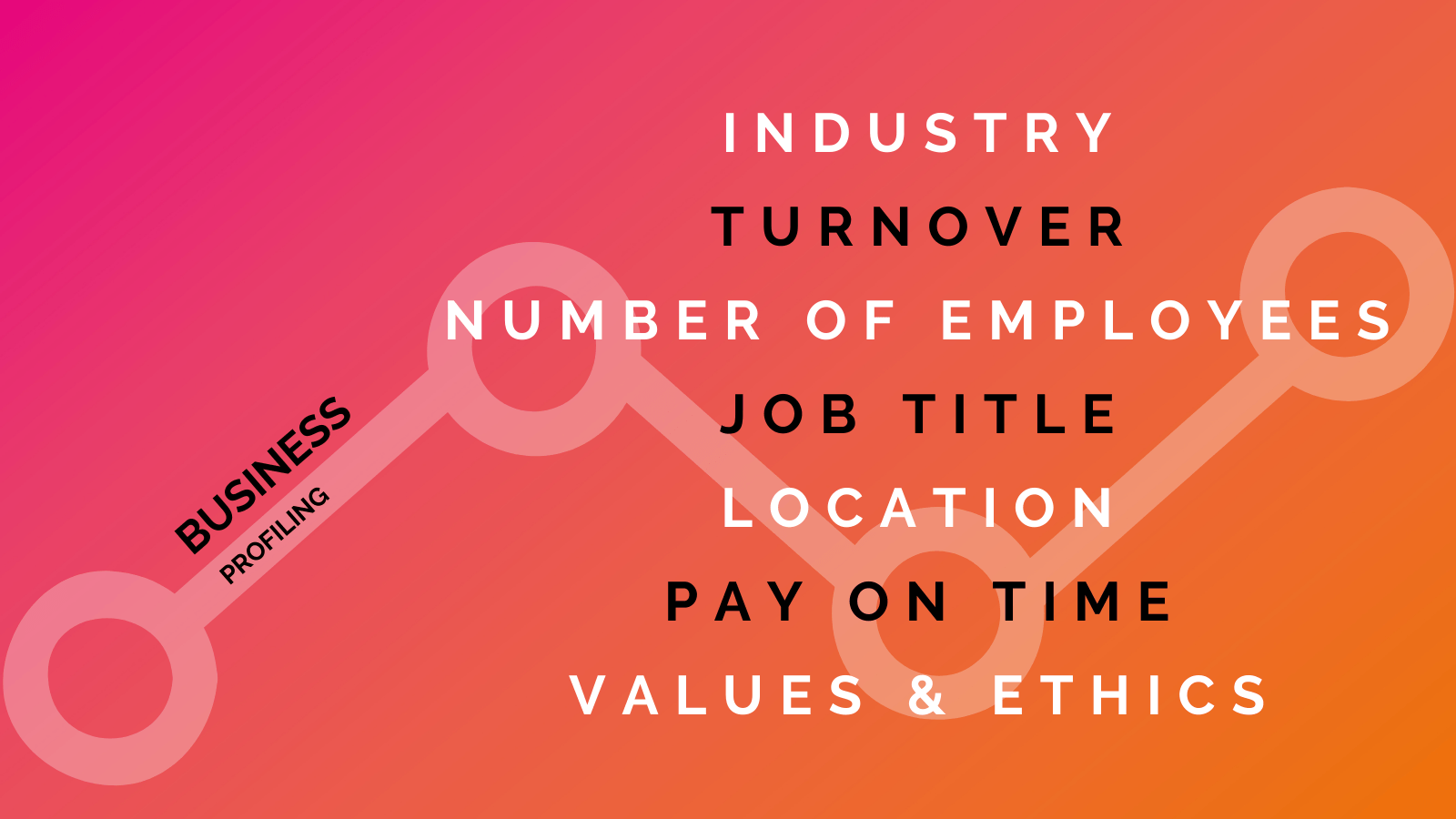
Likewise, if your product or service is aimed at the consumer market (B2C), people’s hobbies will play a larger factor than in a B2B setting. That’s because in B2B, people are mostly making business decisions, and in B2C, people are mostly making personal decisions.
Below are typically the consumer demographics you need to consider.
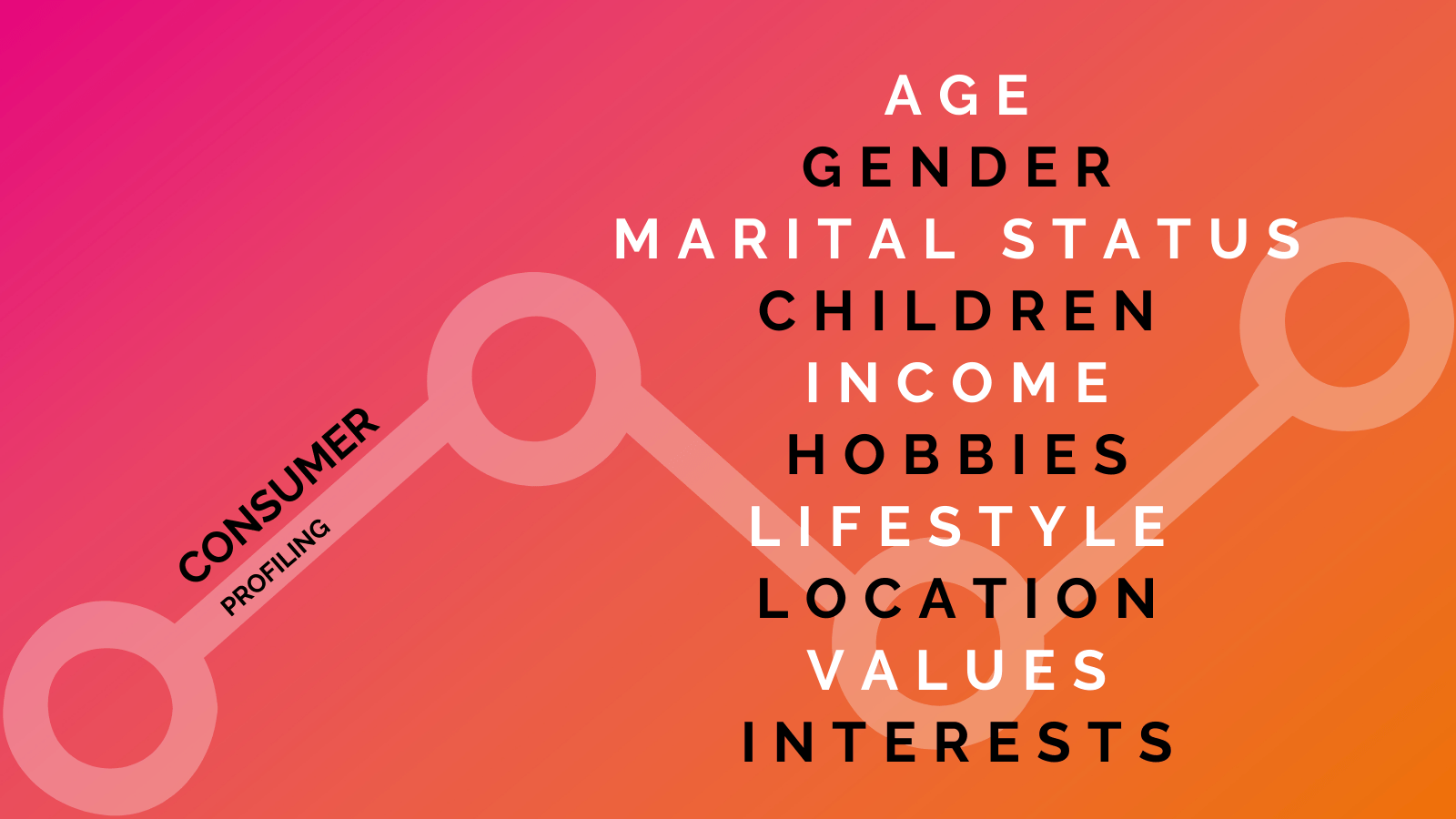
Why is a customer profile important to my social media content?
When posting any content to social media, it should serve a purpose. For businesses, both lead generation and brand awareness are usually your main goals…
Without an ideal customer persona, both aspects will become increasingly difficult. However, when you pinpoint your ideal client in detail, you can curate your content accordingly.
Speaking to your customers directly can help you to niche your message and build a stronger online community for your brand. Lead generation will become more natural, because your messaging is targeted to that specific type of person.
List the pain points and problems you solve, making sure you address these in your social media content plan. If you have a core problem you help people with, this should be clear in all messaging you put out into the world.
A great place to start is to create a social media content plan on Trello. List your content pillars (or topics) and your ideal customer persona findings, including any social proof and relevant competitor research. This will focus your social media content plan to reach your desired audience.
Don’t worry about putting some people off – if they’re not your ideal customer, your social media content shouldn’t be made for them. By presenting your specific topic and audience, you’ll build stronger relationships with the people that matter to your brand.
How do I reach my ideal clients online?
When you know your ideal customer persona, it’s much easier to target them online. By researching your customers and where they spend their time, you can focus your efforts in the right place.
If your customers use Facebook groups, you could create a closed community group that focuses on conversations with your audience. If your clients look for connections on LinkedIn, you should spend time building up your LinkedIn profile and posting content there. Without the knowledge around who your ideal customer is, you will be potentially wasting time trying to be seen in the wrong places, costing you potential customers and sales.
By looking at competitors, you can also see what people respond well to. Are there certain colours, branding, and visual content people are engaging with more? Does video get more response than text? Test these things by analysing what’s out there, taking inspiration from it, but then making the content your own. Read more about how to analyse social media metrics here.
Consider what topics your customers like talking about. You can use popular hashtags to get in front of new people on your social media accounts. Follow the latest industry hashtag trends to create responsive content. For more information on this, read our previous blog post on everything you need to know about hashtags for social media.
I hope this has given you a good idea into why speaking to your ideal customer persona opens the door to more great opportunities than trying to speak to everyone. Being specific with your social media content messaging can be vital to your business success. For more support, sign up to our FREE social media content made easy masterclass or get in touch for bespoke social media training.
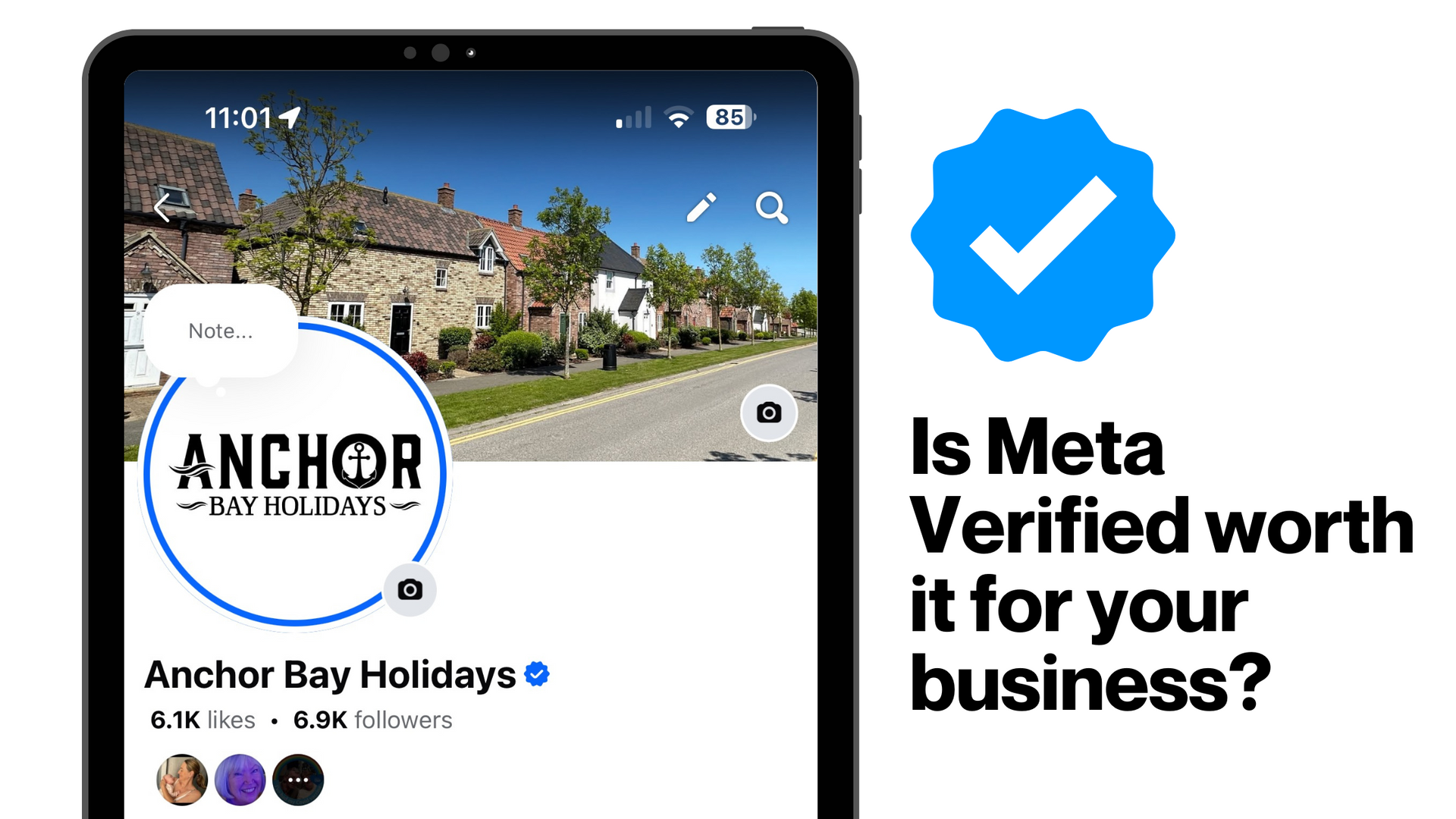
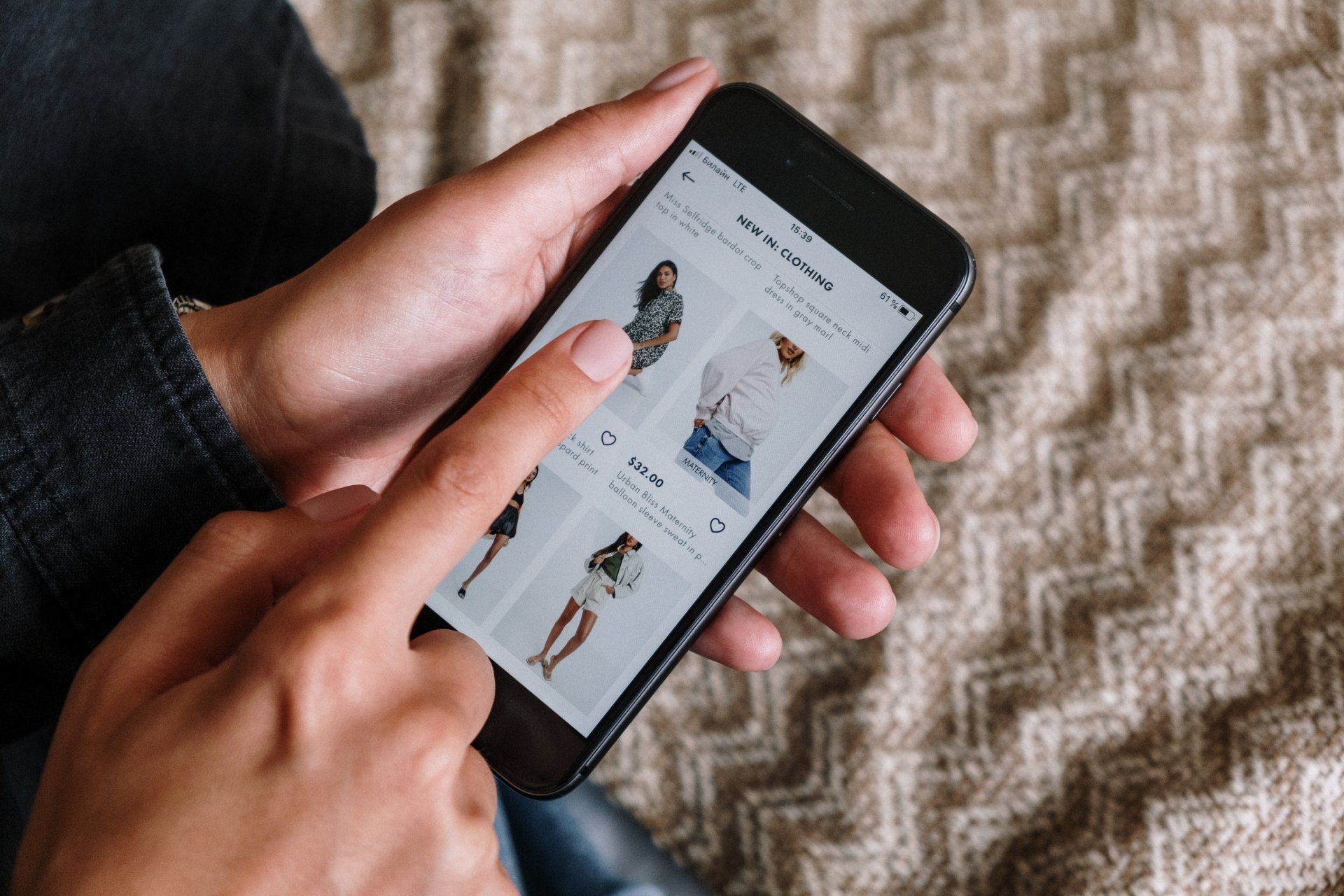


How you can effectively use LinkedIn for free to boost your marketing and grow your podcast audience




I hope you enjoyed reading this blog post.
If you’d like further help, let’s jump on a call and have a chat.
